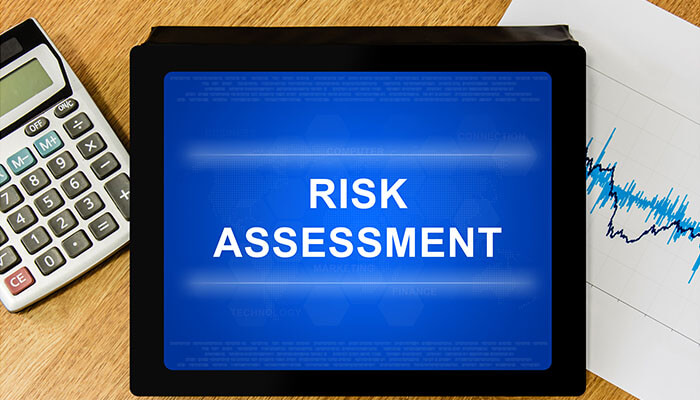A third-party risk assessment is a diligence review that provides an understanding of the practices. This process helps identify vulnerabilities and assess potential third-party risks.
Importance of Third-Party Risk Assessment in Business
Getting key to due diligence is in the risk assessment process of the third party, and here are a few best practices to assess and manage successfully.
Risk alignment and identification
Creating an assessment implies staying clear about the risks and what you wish to assess. If so, directly align with agile teams the third-party vendor risk assessment. It is run through the risk management program of the vendor. It is crucial for your key risks to regulations, operations, strategy, finances, information, reputation, and so on.
Ownership on relationship
Depending on the organization’s size and hierarchy, the vendor relationship is people-owned while negotiating the contract. It is because they interact daily with the vendor. However, for medium and small organizations, there is no need for a separate function to procure. It may be any person or agile teams within the business asking for the product or service. It means these primary owners are the risk management process indicators. They provide intake information and vendor contract.
Centralized coordinated efficiency
Various departments and disparate stakeholders come together and ensure risk management as a consistent approach. It is aiming to do this centrally. Here, some authorized person or vendor risk management office people coordinate with all the parties. They give quality risk assessments independently. It is the Vendor risk management resources providing risk assessment, ensuring nothing is missing before signing the deal.
Automation is the key
Manually performing third-party risk assessment in business is time-consuming, inefficient, and risky. Data gets exposes as you cannot control the access. Besides using Word and Excel, it leads to the degradation of data, data integrity loss, and duplication. However, a vendor management solution can solve such issues and ensures the team focuses on managing risks as per the solution identified. Automation has many good solutions that are affordable and in the market.
Visibility
Working with a variety of vendors is inevitable. It is also the time to overlook a supplier or two while analyzing their relationship as a vendor, due to some habit. But, third parties ensure a formal assessment system without bias and look at every connection with their partners. Thus, it offers overall visibility of the data integrity into the relationships of the organization, with vendors and the interconnectivity affecting various areas.
Compliance
The regulations of the government are a pain point. It is to risk fines and heavy penalties but sanctions any damaged reputation. The issues relating to compliance are understandable, and third-party risk assessment is crucial for businesses to remain with regulators in compliance.
Comprehending risk
Determining the exact risk enables reducing risk. It helps each vendor to maintain a standard with vendors. Here it allows you to negotiate contracts and meet the policies of the company while reducing potential risks. Mitigating and assessing risk in performing vendor risk is the key benefit. However, understanding the outsourcing risk is beyond protecting a business or an organization, it is to understand the outsourcing risk. Comprehend the vendors causing risk, better discipline over the performance of the vendor, and tighter adherence to controls as required by the vendors.
Understanding the risk is itself a step to mitigating its intensity while getting assessments and completing them with due diligence. Having a better understanding is beneficial to manage the risk environment.




